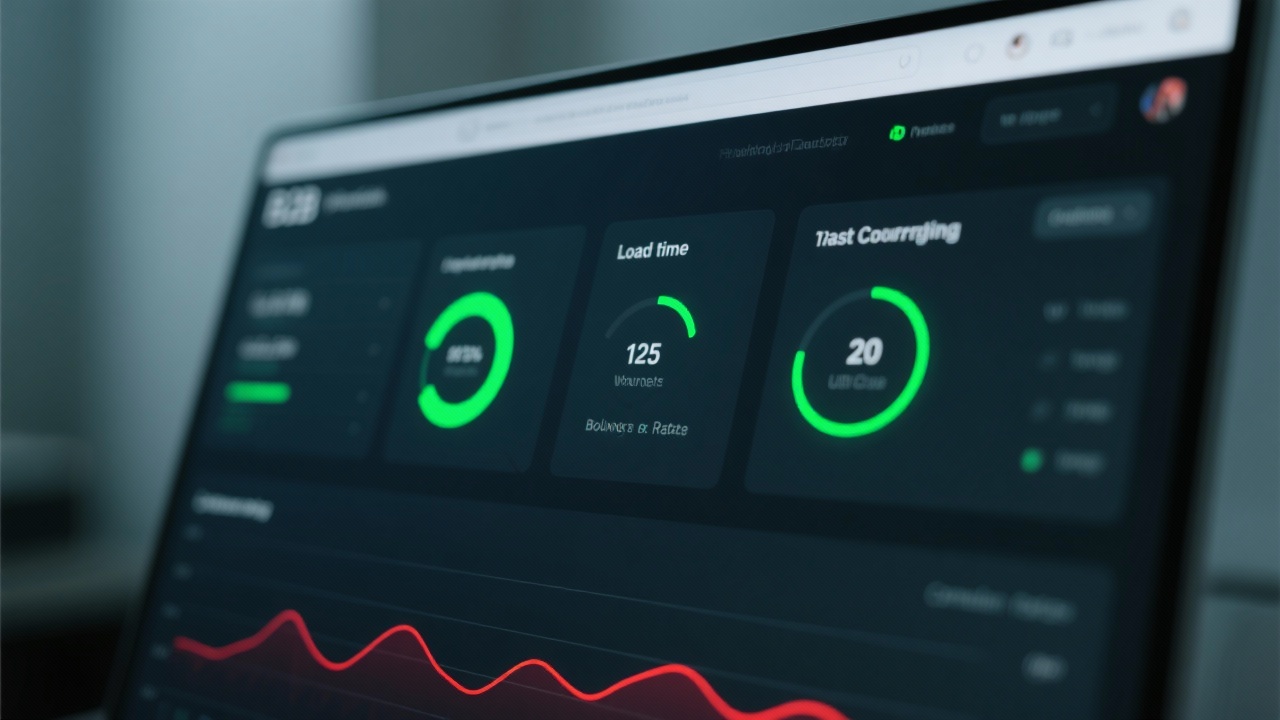
For B2B exporters aiming to scale globally, a single English-language website often fails to convert international leads—especially in markets like Germany, Japan, or the UAE where language and cultural nuance drive trust. A well-executed regional multi-site strategy doesn’t just improve visibility—it reshapes how buyers perceive your brand.
According to a 2024 SEMrush benchmark of 120 B2B exporters using localized domains (e.g., .de, .fr, .sg), companies that implemented region-specific sites saw:
| Metric | Before Multi-Site | After Multi-Site |
|---|---|---|
| Avg. Monthly Organic Traffic | 1,200 visits | 4,700 visits |
| Bounce Rate (Global Avg.) | 68% | 42% |
| Conversion Rate (Lead Form) | 1.8% | 5.4% |
These aren’t outliers—they’re typical outcomes when you stop treating “international” as a monolithic audience and start speaking directly to local decision-makers.
1. Domain Strategy That Respects Local Law
Using country-code top-level domains (ccTLDs) like .eu or .ca signals legitimacy. In Europe, for example, GDPR compliance starts with having a local domain—Google’s algorithm rewards this by boosting rankings for users in those regions.
2. Deep Cultural Localization Beyond Translation
One client selling industrial automation equipment found that translating their product specs into German didn’t work until they adapted case studies to reflect German manufacturing standards—and used local project names instead of generic ones. Result? A 3x increase in time-on-page for German visitors.
3. Structured SEO That Scales Across Markets
A unified CMS backend allows you to deploy keyword-rich content across multiple languages while maintaining consistent internal linking structures. This helps Google understand which pages are most relevant per region—without cannibalizing organic traffic between sites.

What makes these strategies sustainable isn’t just setup—it’s maintenance. For instance, regularly updating meta descriptions based on seasonal search trends in each market keeps CTR high. And if you automate content updates via tools like WPML or Elementor Pro, you can scale without hiring a full-time localization team.
Think of it this way: a single site is like sending one letter in English to everyone worldwide. A regional multi-site system is like writing personalized notes in each person’s native tongue—with context, tone, and relevance built-in.
If you're ready to move beyond surface-level globalization and build real buyer trust across borders, start mapping your first three regional hubs today. You’ll be surprised how fast your inbound leads begin to change—not just in volume, but in quality.
.png?x-oss-process=image/resize,h_100,m_lfit/format,webp)
.png?x-oss-process=image/resize,h_100,m_lfit/format,webp)

.png?x-oss-process=image/resize,h_100,m_lfit/format,webp)
.png?x-oss-process=image/resize,h_100,m_lfit/format,webp)
.png?x-oss-process=image/resize,h_100,m_lfit/format,webp)
.png?x-oss-process=image/resize,h_100,m_lfit/format,webp)
